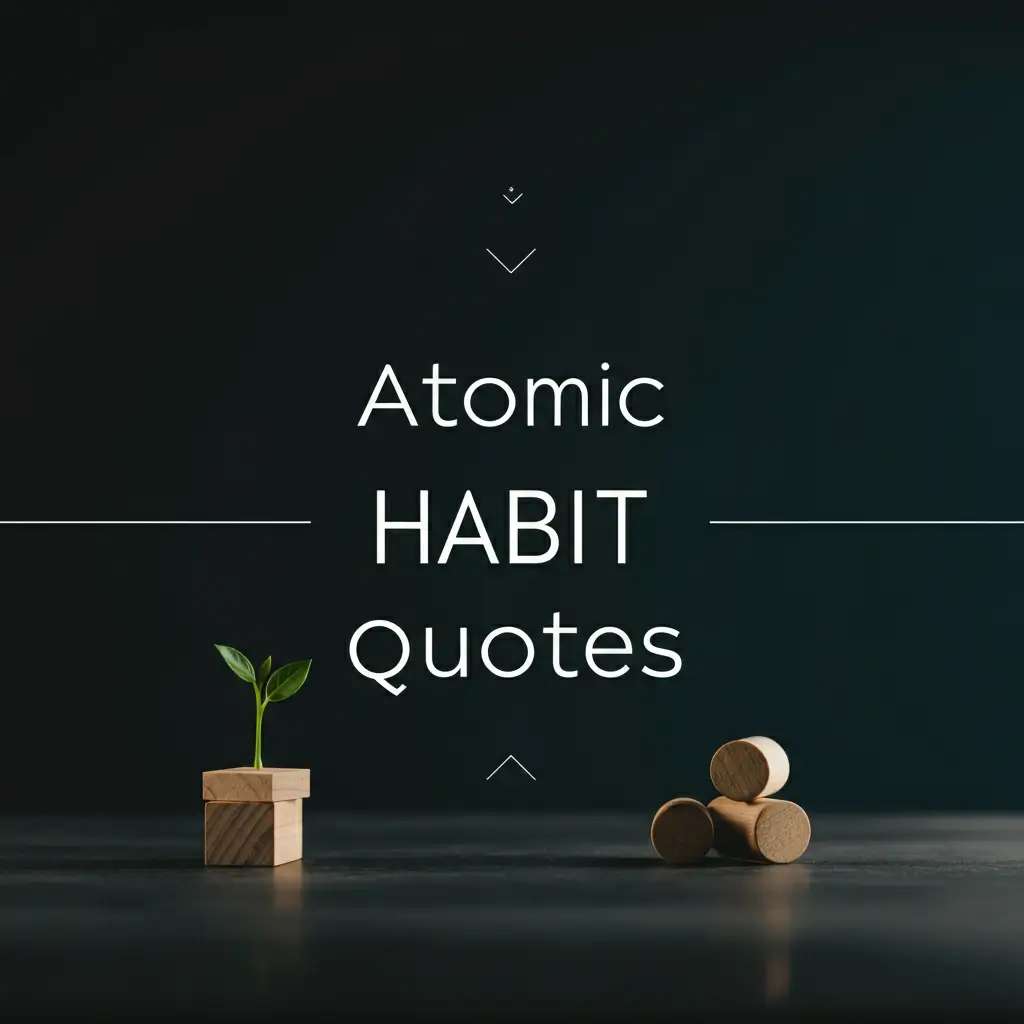Habits shape who we are, how we live, and where we go. Whether you’re aiming to wake up earlier, drink more water, or finally finish that book you’ve started three times, building and sustaining habits is the key to achieving lasting change. But how do you ensure these habits stick? Enter Atomic Habits PDF Worksheets, a powerful tool that provides a structured way to track progress, build momentum, and align your habits with your goals.
If you’re serious about becoming a better version of yourself, this guide will walk you through everything you need to know about Atomic Habits Worksheets, from understanding their foundation to using them effectively in your daily routine.
Understanding the Core Principles of Atomic Habits
Before we explore how worksheets fit in, it’s important to understand the philosophy behind Atomic Habits, a best-selling book by James Clear. At its heart, the book argues that small, consistent changes can compound into significant results over time. Here are four key principles that serve as the foundation for effective habit building:
- Make it obvious: Design your environment to make habits visible and easily accessible.
- Make it attractive: Build habits that you find appealing and tie them to things you enjoy.
- Make it easy: Reduce the friction associated with starting new habits. Break them down into manageable steps.
- Make it satisfying: Celebrate your progress to reinforce your commitment to the habit.
Atomic Habits Worksheets are designed around these principles, helping you plan, track, and evaluate your habits so they become second nature.
Types of Atomic Habits Worksheets and How to Use Them
There’s no one-size-fits-all when it comes to habit-building worksheets. Depending on your goals, various worksheets can help you track and refine your habits. Here’s a breakdown of the most common types and how to use them effectively:
1. Habit Tracker Worksheets
The habit tracker is the bread and butter of Atomic Habits Worksheets. It’s a simple visual tool where you list your habits and mark off each day you complete them.
How to Use It:
- Write down a small number of specific habits (e.g., “Drink 8 glasses of water” or “Write 500 words daily”).
- Place the habit tracker somewhere visible (on your desk or fridge) to remind yourself.
- Track consistency. For example, if you’ve completed your habit five days in a row, you’ll see progress that motivates you to keep going.
2. Habit Stacking Worksheets
Habit stacking involves pairing a new habit with an existing one, making it easier to integrate into your routine. These worksheets prompt you to map out habits you already have and connect them with actions you’d like to build.
How to Use It:
- Identify habits you already perform daily (e.g., brushing your teeth, brewing coffee).
- Use the worksheet to pair these habits with new ones (e.g., “After I brew coffee, I will journal for 5 minutes”).
- This “cue-action” method makes new habits feel seamless.
3. Weekly Reflection Worksheets
These worksheets help you evaluate your progress and address any challenges. They focus on reflection, celebrating wins, and troubleshooting weak areas.
How to Use It:
- Schedule 10 minutes every Sunday to complete your worksheet.
- Reflect on which habits you were consistent with and which ones were harder to follow.
- Adjust your habits as needed (e.g., simplify overly complex habits for better results).
4. Goal-to-Habit Mapping Worksheets
Big goals can feel overwhelming, but breaking them into manageable habits makes them achievable. These worksheets are great for turning lofty ambitions into actionable steps.
How to Use It:
- Start by writing down your major goals (e.g., “Run a half-marathon in 6 months”).
- Break each goal into actionable habits (e.g., “Run 3 times per week for 30 minutes”).
- Track progress over weeks or months to see how your small habits ladder up to your overarching goal.
Step-by-Step Guide to Implementing Atomic Habits Worksheets
Here’s how you can seamlessly incorporate these worksheets into your daily routine for maximum impact.
Step 1: Start Small and Focused
New habits take time to develop, so don’t overwhelm yourself with too many at once. Start with 2-3 habits you’re highly motivated to build, and use a habit tracker to stay consistent.
Step 2: Pair Habits with a Clear Cue
Utilize the habit stacking worksheet to connect your new habits with something you already do consistently. For example, if you want to stretch more, link it to brushing your teeth in the morning.
Step 3: Use Visual Cues
Place your worksheets in easily noticeable spots, such as on your desk or your fridge. If your habit reminders are out of sight, they’re likely out of mind too.
Step 4: Regularly Reflect and Adjust
Set time aside weekly for the reflection worksheet to celebrate your progress and address challenges. For example, if a habit is consistently hard to follow through, ask yourself how you can simplify it.
Step 5: Reward Yourself for Milestones
Once you reach specific milestones (e.g., completing 10 consecutive days of a habit), treat yourself. Adding a touch of satisfaction ensures that the habit feels meaningful to maintain.
Step 6: Stay Consistent but Forgive Lapses
Progress, not perfection, is the goal. Life happens, and interruptions are inevitable. If you miss a habit one day, don’t dwell on it. Refocus and get back to it without guilt.
Case Studies: Real-Life Success with Atomic Habits Worksheets
To inspire you, here are real stories of people who’ve achieved remarkable results using Atomic Habits Worksheets.
- Case Study 1: Emma, a sales professional
Emma used habit trackers and weekly reflections to build a morning routine that included 10 minutes of meditation and journaling. Within three months, she reported higher clarity and focus at work.
- Case Study 2: Alex, a student
Alex wanted to prepare for exams without burning out. Using goal-to-habit mapping worksheets, he created a study plan that broke his large syllabus into smaller, manageable daily study sessions. His consistent efforts paid off with improved grades.
- Case Study 3: Megan, a new mom
Megan struggled to stay consistent with her fitness goals post-pregnancy. Utilizing habit stacking worksheets, she bundled stretching and light exercises with her baby’s nap time. The small habits helped her regain her fitness steadily over time.
Common Mistakes and How to Avoid Them
Even with the best tools, mistakes can happen. Here are some common errors people make with habit-building worksheets and how to sidestep them.
- Setting Unrealistic Goals
Solution: Start small. Focus on habits you can easily incorporate into your routine.
- Lack of Consistency
Solution: Placement matters. Keep your worksheets in a visible location to remind you daily.
- Tracking Too Many Habits at Once
Solution: Start with 1-3 habits and build momentum before adding more.
- Skipping Reflection
Solution: Reflection is key to growth. Block time weekly to review and adjust.
Maximize Your Habit-Building Journey with Worksheets
Building lasting habits doesn’t need to be a daunting task. With Atomic Habits Worksheets, you get a practical, structured approach to designing your ideal routine, tracking progress, and staying accountable. Remember, small changes lead to big results.
If you’re ready to take the next step, download our free Atomic Habits Worksheet Pack [Link] and kickstart your habit transformation today. Whether you’re a self-improvement pro or just starting your productivity journey, these tools will guide you every step of the way.






Leave a Reply